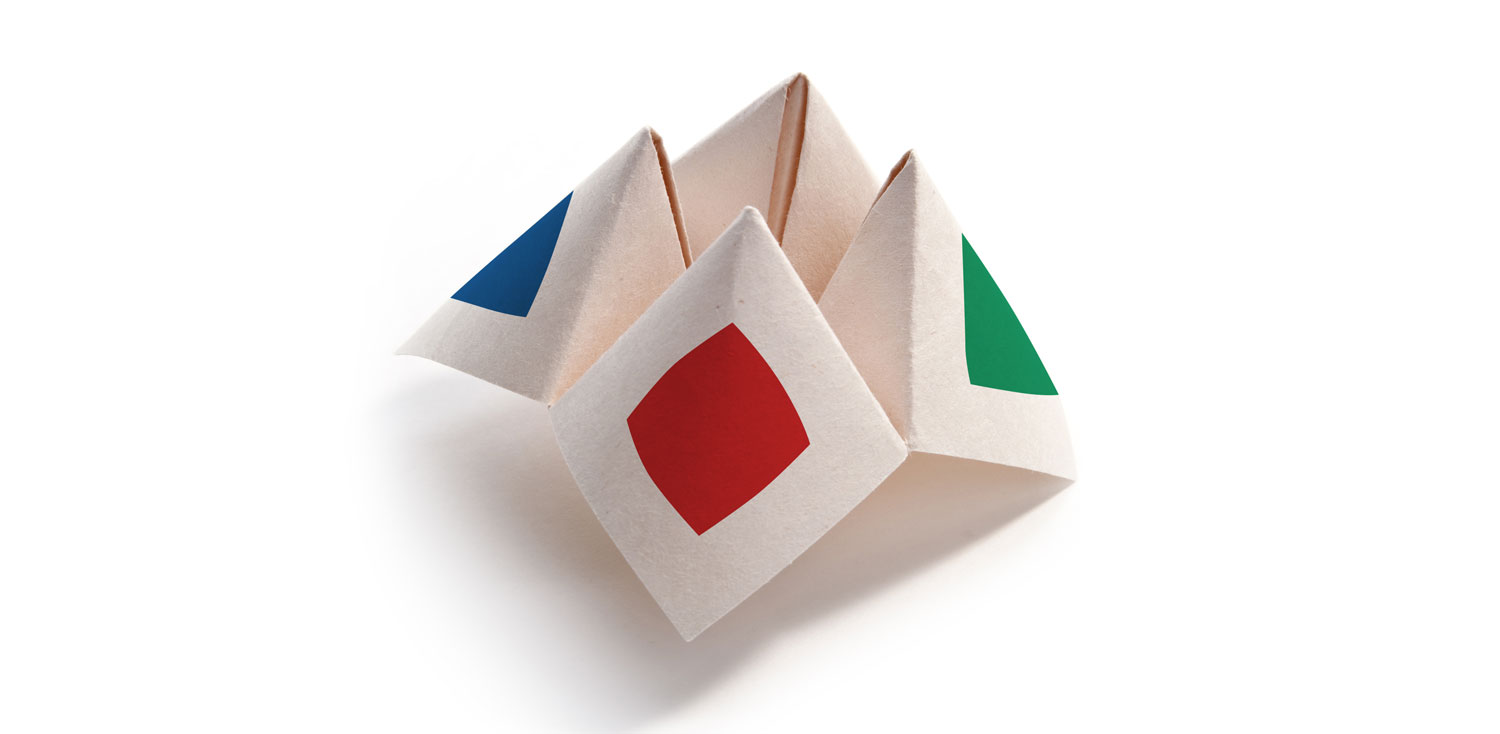I’m all for approaching decisions rationally. It is important to take a clear-eyed view of the pros and cons of any decision. Scenario planning can also be useful – what might happen if we do A, B or C? If you put enough thought and effort into your decisions, the best one often becomes obvious. Generally, action is better than inaction. However, if you’re in a genuine dilemma, if you sit tight for a while and do nothing, either someone else will act or something will happen to solve the problem for you. The hard part is deciding which is which.
One of the worst motivations behind making a decision (or refusing to make one) is fear of what others may think. In my advertising career, it often seemed people were searching for a magic formula to show them the right way to proceed. I watched with growing impatience as so-called decision-makers overthought the script, logo, layout or design in front of them, analysing every nuance until they had thoroughly confused everyone in the room, including themselves. The worst decision-making was when people combined bits of several options in a horrible mishmash. It was design by committee – and looked like it. I sometimes thought the best way to choose the new logo, product name or label was to decide on a shortlist of three or four, throw them in the air and pick the one that landed closest to the pot plant! It would have been fair, efficient, and I bet the result would’ve turned out fine.
The worst decision-making was when people combined bits of several options in a horrible mishmash. It was design by committee – and looked like it.
Creativity is all about making decisions. You have to decide what to leave out as much as what stays. You have to decide on one set of words over another, one look, one tone, one typeface, one story, one idea, one purpose. Creating something – business, product, new business pitch, building, invention or policy – means excluding other possibilities. Just as choosing one life partner means excluding others – at least for the time being.
Too many choices
That’s why choice drives anxiety. The more choices we have, the more decisions we have to make and the more we have to exclude. Choice theory (yes, it is an actual discipline) says too many choices can actually reduce sales – the purchaser becomes paralysed by indecision. Humans don’t like being given no choice, but they also don’t like being given too many, which may be one reason supermarkets are reducing rather than expanding their ranges. Choice theory also says the more perfectionist a personality is, the more choice drives discontent. As there is no such thing as a perfect choice, perfectionists always regret the path not taken (or product, school, course, job, life partner not chosen). They always have a niggling worry about what might have been.
If you find yourself reacting like that when you make a decision, decision-making may not be your strong point. If, on the other hand, you are cheerfully able to take the bird in the hand and not worry too much about the one in the bush, my bet is you’ll be the sort of decision-maker people want to work for and employ. In fact, making a good decision, business or otherwise, may really depend on whether you are confident enough to risk making a bad one.



